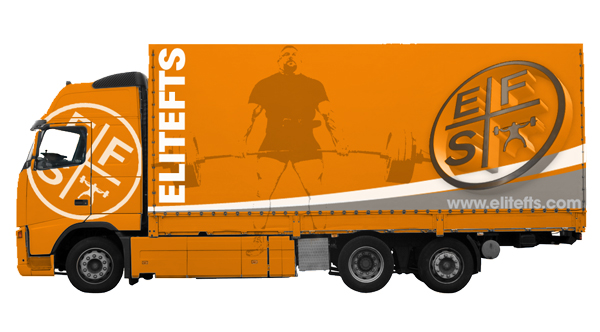
As a young strength coach and personal trainer, I was like most people starting out—“I wanted to train athletes.” Training athletes is fun and rewarding and creating programs for them is pretty simple because they can be such beasts in the weight room. After a few years of training athletes though, I had to be honest with myself...I didn’t really like it. It was fun, but I didn’t get to see the athletes as often as I wanted. They were in and out of seasons, and it just wasn’t my thing. I realized that my true passion was helping the everyday person lose fat and feel amazing.
I realized that as a former athlete with knowledge of athletic-based training, I could easily transfer this type of training into a program designed for the everyday John or Sally who wants to lose 15 pounds and tighten the waistline. I also found that many people “go to the gym” but usually don’t train correctly whether or not they hire a personal trainer.
For those people who want to lose fat and get a lean and tight physique (most likely they’ll say they want to “tone” their bodies), I realized that I have to sell them what they want and give them what they need. I speak in a language they can relate to with words like “toning” and “abs,” but in reality, we don’t spend any time on specific abdominal work or high repetition, or low weight training like most people think about when they want to “tone.”
I explain to my clients that the best way to create their ideal body is to lose fat and gain lean muscle. We talk about muscle as a much more active tissue, and I break it down very simply. I explain that they must perform multi-joint strength movements, participate in higher intensity interval training instead of slow, steady cardio, and clean up their nutrition (most people aren’t eating enough or they’re eating too much “diet” food).

I took the concept of speed training and scaled it down a little bit to elicit a conditioning effect. Our interval exercises include sprints, stair sprints, jump rope, and for the more advanced clients, Prowler or car pushes. Their rest time is much less than a max effort sprint, but the concept is similar—high intensity work instead of steady state “cardio.”
We incorporate variations of dynamic effort training (box jumps, squat jumps, lunge jumps, slide board training) along with repetition training, which is usually a timed set to force a higher level of conditioning and mental toughness. In our program, we don’t use a max effort system, but clients are lifting heavy for 4 – 6 repetitions on their deadlifts, squats, or chin-ups.
Core training revolves around the concept of stability, rotation resistance, and deep abdominal strength. There aren’t any “crunches” or “abdominal work.” Obviously, I use the language my clients can relate to, but I make sure they understand that the core is a unit that helps to develop power. It isn’t made to flex the spine over and over with a hundred crunches. Instead, we’ll perform movements such as plank variations (arm and leg extensions), ball roll-outs, medicine ball throws, and cable rotations, designed to help them develop power and also resist rotation.
A typical workout may look like this:
- 10-minute dynamic warm up, foam rolling, and soft tissue work
- Warm up circuit of thoracic spine mobility, leg swings, squats, lateral lunges, fire hydrants, and single leg hamstring deadlifts
- 15-minute conditioning circuit with ladder work, boxing, box jumps, and alternating planks
- 20 minutes of strength work (usually four sets), circuit format of walking lunges, chin-ups, and dumbbell push presses
Then we finish up with five minutes of static stretching and more soft tissue work if needed. The clients will use stretch bands for their hamstrings, calves, and chest/shoulders and then perform deep stretches for the hip flexors and hip rotators.
On some days, we might perform 5–8 sets of the Prowler as a full training session.
I have many clients who were runners and they quickly realize that performing shorter and more intense sprint-based workouts or just skipping the running altogether will actually work better for them. I educate them on the fact that pounding the pavement will do nothing for their metabolism and lean muscle tissue and can actually lead to more injuries over time. Most people are excited to learn that they don’t have to run for miles anymore.
I teach my clients to work harder, faster, and smarter instead of longer. Training sessions are fun and intense, and the clients realize that all of their years of machines, cardio, and starvation diets have gotten them nowhere.
Regardless of the age, fitness level, or experience of the client, all aspects of this program are used. Everything is scaled accordingly so that even with my small group training, one person may be performing barbell deadlifts while another works on a simple body weight squat. The group size allows me to watch and coach every single person regardless of their level.
Our group training also creates a team aspect, much like the model of athletic training. Everyone is on the same page and is there to support each other. We have found that when people miss a workout they are totally bummed out because they feel like they missed out on a day with their friends and teammates.








